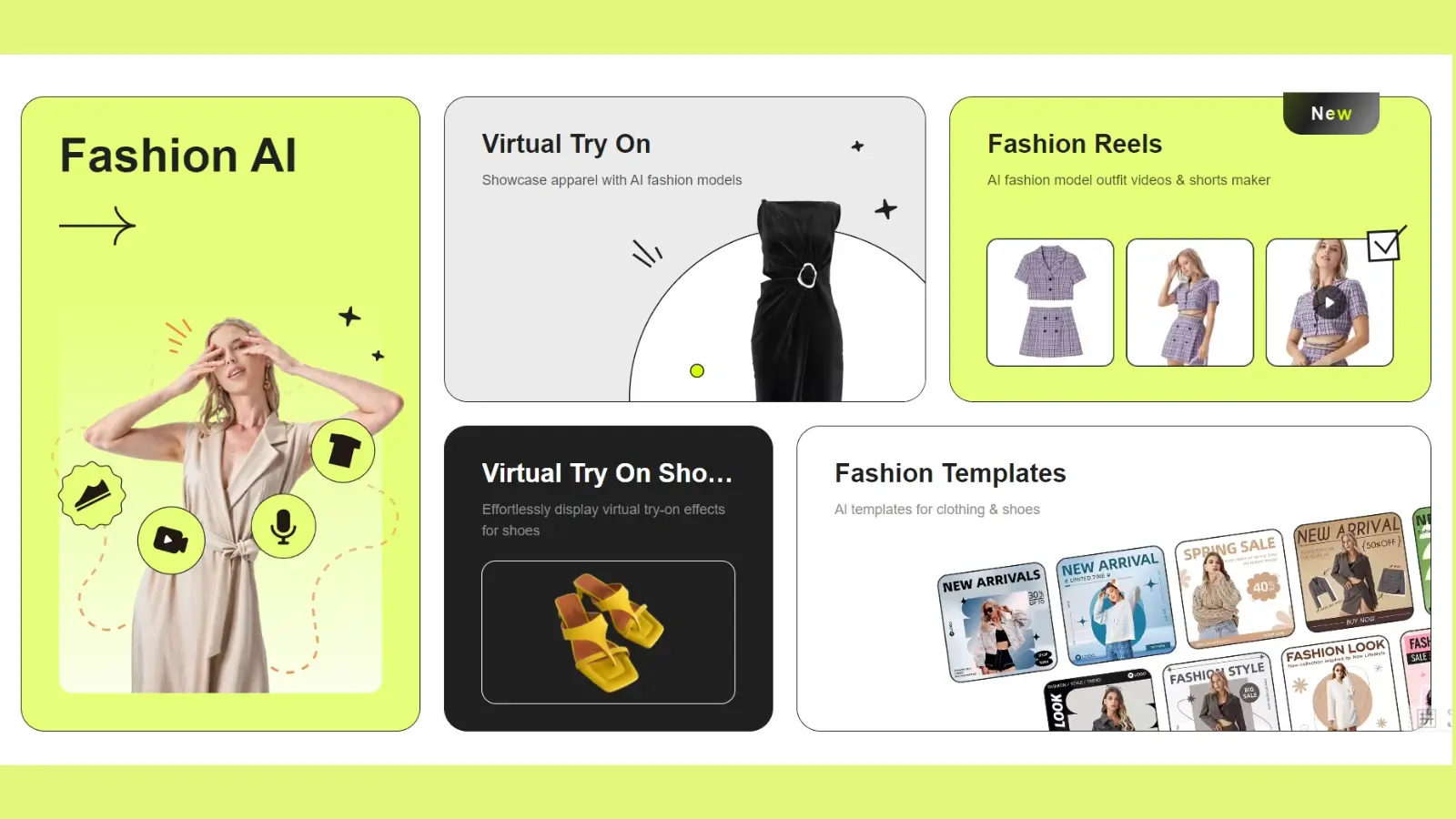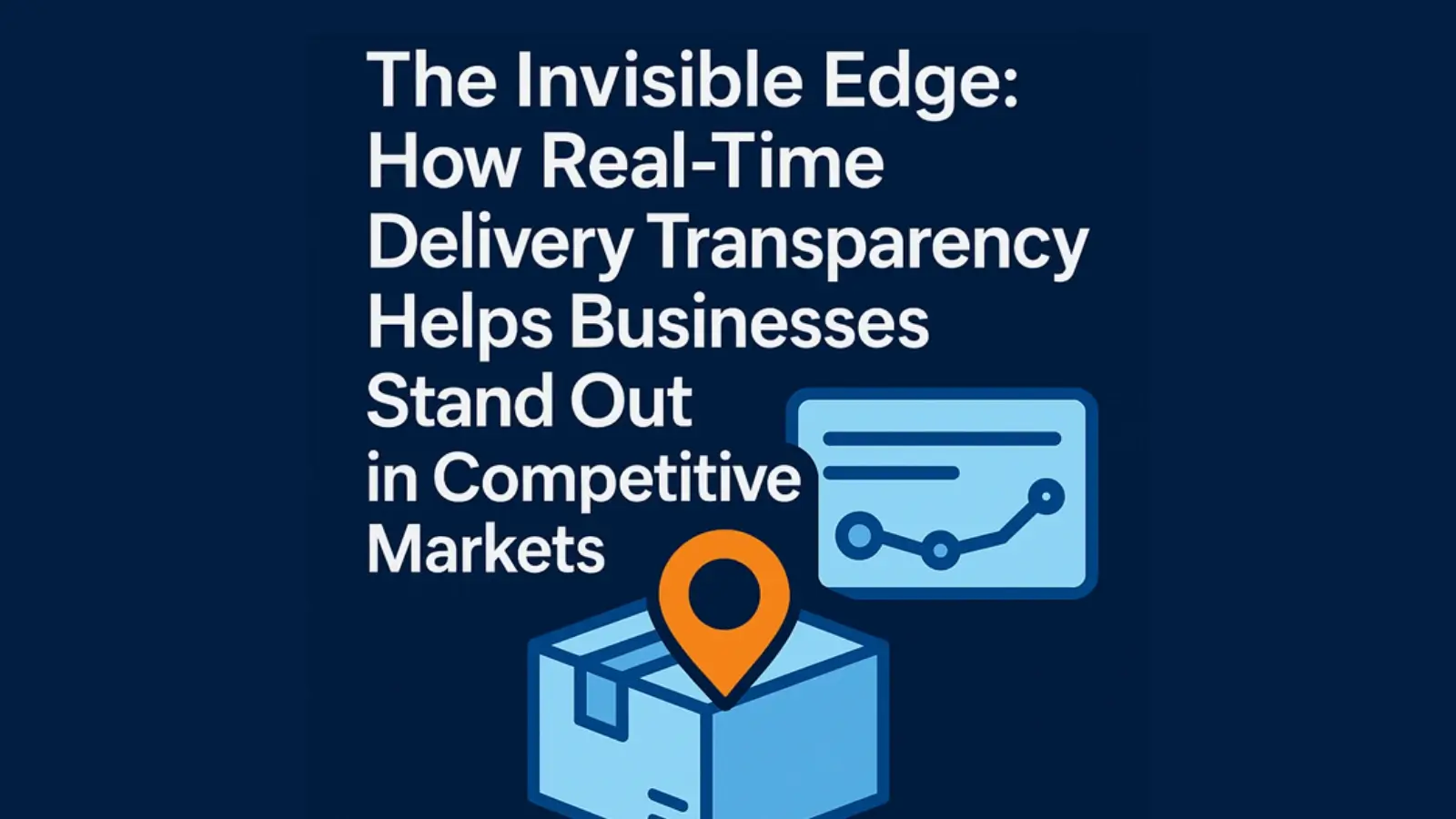No matter how great your products or how satisfied your customers are, returns are an inevitable part of doing business.
For some brands, they're seen as a nuisance that eats into profits. But for smart businesses, returns are a chance to build loyalty, streamline operations, and even gain insights into what's not working.
A smooth, efficient returns process can mean the difference between a one-time buyer and a loyal customer who tells their friends about your brand.
Are you wondering how to turn this seemingly negative experience into something positive? We'll break down the basics of returns management, including how to handle returns more professionally, reduce friction, and turn what seems like a loss into a valuable business opportunity.
Why Returns Management Actually Matters
Returns are way more than a post-sale inconvenience, they're a crucial part of the customer experience that can make or break your brand reputation. A poor returns process can lead to frustration, negative reviews, and lost future sales that cost you far more than the original purchase.
On the flip side, a hassle-free return builds trust and makes customers more likely to buy again, knowing they're not stuck with something that doesn't work out. For ecommerce brands especially, where customers can't see or try the product first, a solid return policy offers much-needed confidence to complete that purchase. Good returns management also helps protect margins by reducing waste and improving inventory control, turning what could be a total loss into recoverable value.
Create a Clear and Fair Return Policy
Your return policy sets the tone for everything that follows. It should be easy to find on your website, easy to understand without a law degree, and fair to both the customer and your business. Include key details like how many days they have to return items, what products are eligible, who pays for shipping, and exactly how refunds or exchanges are handled.
Avoid vague language that leaves room for interpretation. The clearer you are upfront, the fewer disputes you'll face later. Update the policy as needed to reflect operational changes or customer feedback, and make sure your entire team is trained to enforce it consistently. Nothing frustrates customers more than getting different answers from different representatives.
Streamline the Returns Process
Make the returns process as easy as possible for your customers. Offer pre-paid return labels or digital return portals where customers can initiate returns without having to call or email. Use automation to cut down on manual tasks like restocking, refund tracking, or issuing credits.
Consider returnless refunds for low-cost items when it's actually cheaper than handling a physical return. The goal is to minimize customer effort and maximize operational efficiency. Internally, have a clear workflow for receiving, inspecting, and processing returned items to avoid delays and confusion that can turn a simple return into a customer service nightmare.
Analyze Return Data to Find Hidden Patterns
Returns are absolutely full of hidden insights that can transform your business. Track why items are coming back: is it sizing issues, product defects, unclear descriptions, or poor packaging? Identifying patterns can help you reduce return rates over time and save money.
Use return reasons as a feedback loop to improve products, update listings, and train your team. High returns on specific products could signal a deeper issue worth fixing before it costs you more customers. Over time, your returns data can guide better business decisions and even help with demand forecasting. What looks like a problem might actually be valuable market research.
Turn Returns Into Retention Opportunities
Handled well, a return can still end in a positive customer experience that builds loyalty. Offer exchanges or store credit as alternatives to refunds, and follow up with customers to show you actually care about their satisfaction.
Make the communication process friendly and helpful, not robotic or cold. Small gestures like waiving a restocking fee for a loyal customer or offering a discount on their next purchase can go a long way. When people feel respected and taken care of during what could be a frustrating experience, they're more likely to return for future purchases and recommend you to others.
The Hidden Benefits of Getting This Right
When you handle returns professionally, you're not just solving a logistics problem, you're building brand trust. Customers who have positive return experiences often become your most vocal advocates because they know you stand behind your products. They're also more likely to try new items since they know returns won't be a hassle.
Plus, a well-managed returns process can actually improve your bottom line. Efficient systems reduce processing costs, better data helps you make smarter purchasing decisions, and happy customers spend more over time. What initially seems like a cost center can actually become a profit driver.
Master the Art of Returns
Returns management isn't just about logistics, it's about customer satisfaction, operational efficiency, and brand reputation all rolled into one. By creating a clear policy, simplifying the process, analyzing trends, and handling returns with genuine care, you can turn a common business headache into a smart competitive edge.
The best businesses don't just accept returns, they master them. And when you handle product returns like a pro, your customers notice the difference and reward you with their loyalty.

















